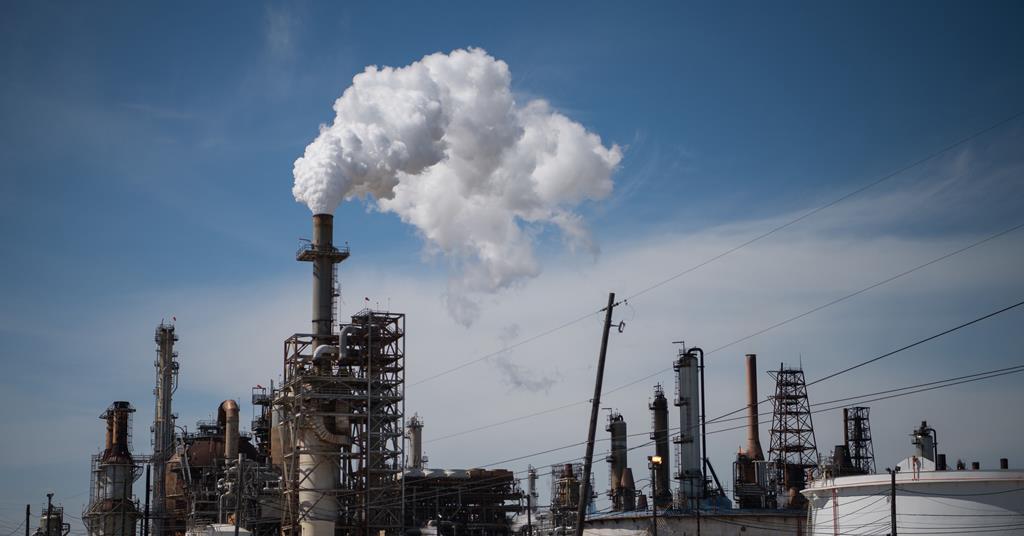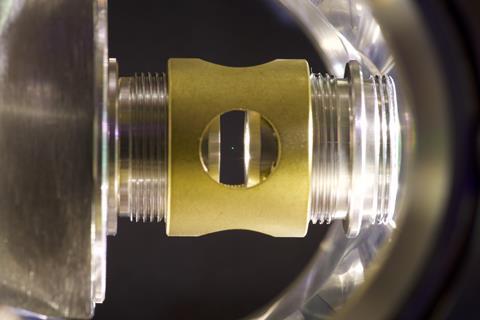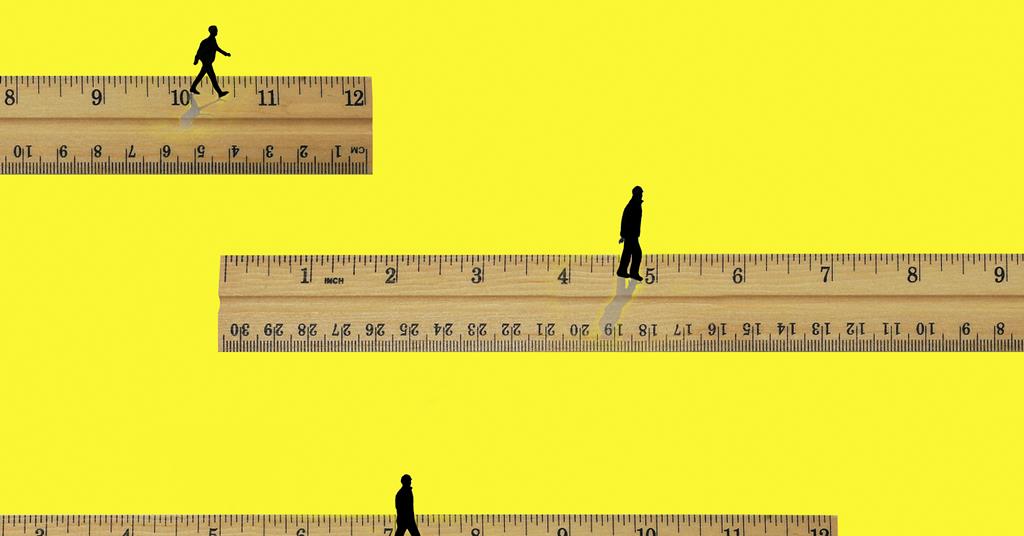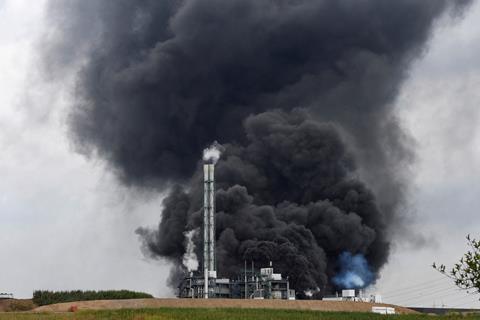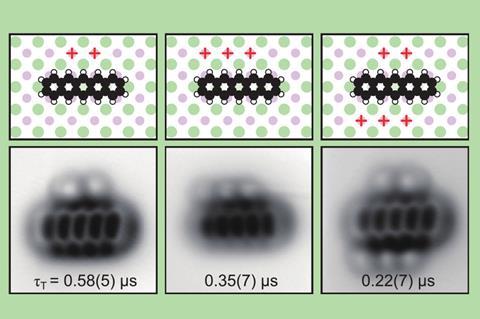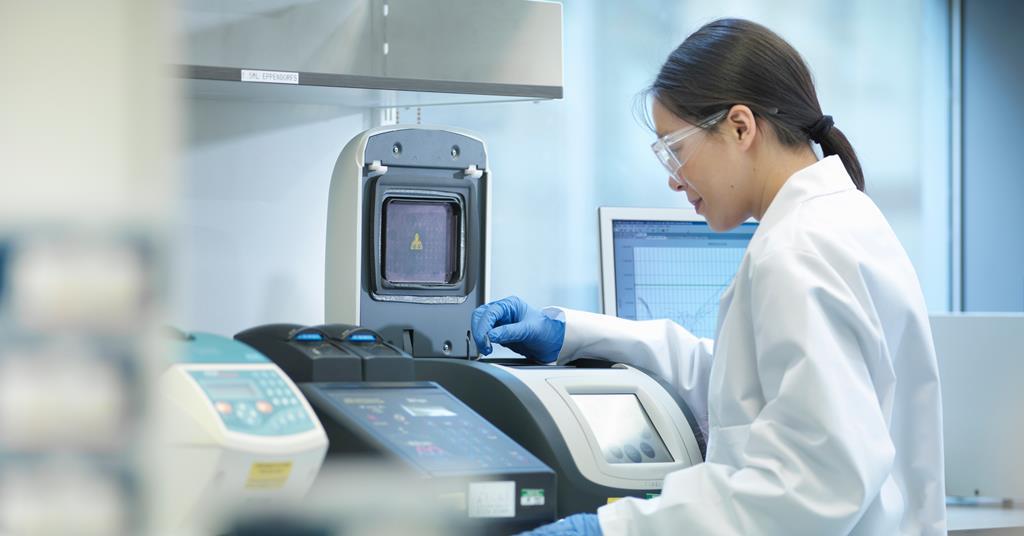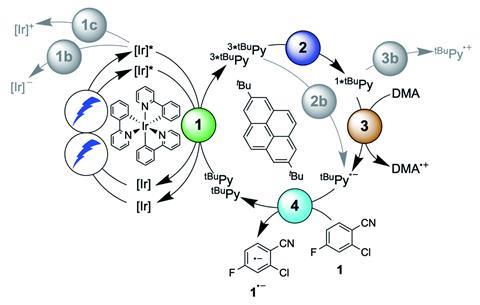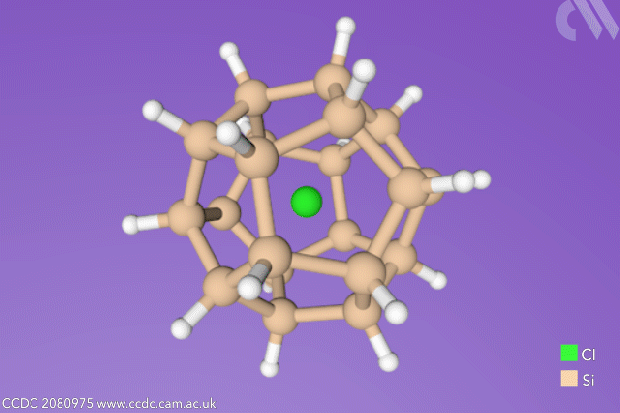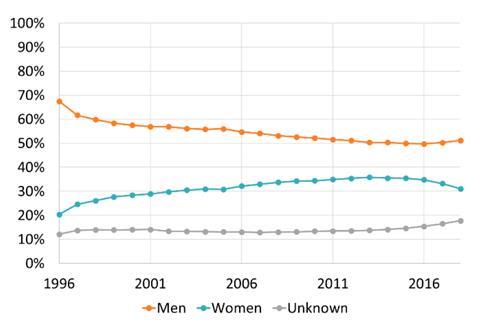An investigation is underway into what caused a fatal leak of approximately 100,000 pounds (45,359kg) of a mixture of chemicals – including acetic acid, methyl iodide and hydrogen iodide – from a LyondellBasell plant in La Porte, Texas, US, on 27 July. The chemical release killed two contractors working on-site and sent another 30 people […]
Read More